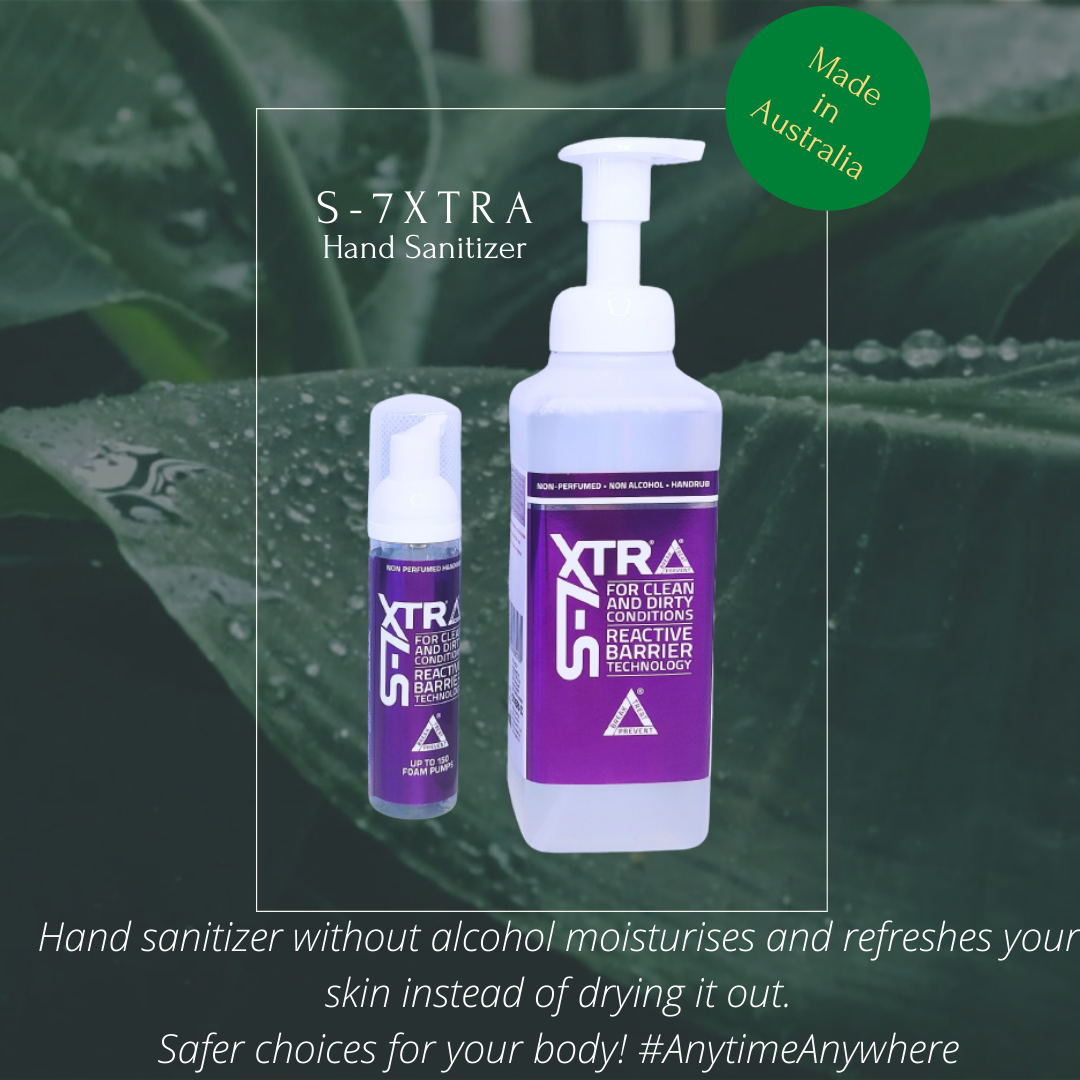Hand Sanitiser
What Does Hand Sanitiser Mean?
Hand sanitisers are a form of antiseptic and disinfectant that are used to eliminate germs (pathogens) like dangerous bacteria, fungus, and viruses.
Most alcohol-based hand sanitisers are available in gel, foam, or liquid form. After use, alcohol-based hand sanitisers can get rid of 99.9 to 99.999 per cent of bacteria.
But there are also non-alcoholic hand sanitisers out there that can do the same work without the irritating side effect of drying out and irritating your skin's integrity.
For more Info about non-alcoholic hand, sanitisers check out our shopping page for non-alcoholic hand sanitisers and moisturisers: Hand Hygiene (anaeron.com.au)

Anaeron Explains Hand Sanitisers:
Most alcohol-based hand sanitisers combine isopropyl alcohol, ethanol, or propanol in their formulas. There are also non-alcohol hand sanitisers, but in professional environments (like hospitals), the alcohol versions are prefered because many companies have unproven ingredients that are to date not tested enough to make the same claims as alcohol-based hand sanitisers.
Hand sanitisers are not effective against all types of pathogens. They do not effectively kill bacterial spores, and certain parasites and viruses are resistant to their use. Hand sanitisers are less effective if they are applied to skin that is contaminated with certain non-harmful chemicals such as grease. They also cannot effectively remove many harmful chemicals, such as paint, pesticides, and chemical fertilizers such as phosphates.
Alcohol-based sanitisers must contain at least 60% alcohol to be effective, but larger concentrations (up to 95%) perform better and are frequently mandated by law for use in safety-sensitive occupations. Hand sanitisers must also be used by particular standards, such as EN 1500, that outline the best ways to utilise them.
Automated dispenser systems are used to distribute a lot of hand sanitisers. By guaranteeing that each person who uses the dispenser receives an effective dose, these are intended to further guarantee effectiveness.
When the COVID-19 pandemic started in 2020, hand sanitisers—which were initially largely used in healthcare settings—became a standard occupational safety practice. Since alcohol-based and some non-alcohol-based hand sanitisers (as shown in studies) can successfully eradicate the COVID-19 virus, many OHS agencies introduced ad hoc regulations or instructions to promote their usage in workplaces as soon as the epidemic started.
Alcohol has been used as an antiseptic or sterilisation component for many years, but only recently has it been the subject of scientific investigation. The first-hand sanitisers were created somewhere in the second half of the 20th century, and they became widely used around the world in the 1980s, especially into the 1990s and the beginning of the 21st century.
Hand sanitisers became common in hospitals around the early twenty-first century, and subsequently became an expected component in 2009 after the World Health Organization (WHO) published official guidelines recommending their use.
Whether or not hand sanitisers are used properly determines how effective they are. A hand sanitiser should be massaged into the skin for 20 seconds for general use, by which time it should have dried. If it is removed before it is completely dry, it will not function as intended.
The hand sanitisation procedure is significantly stricter for surgical applications due to the significance of making sure that as many bacteria as possible are eradicated. The least acceptable application time in this situation is typically 90 seconds, however, in many instances, the sanitiser will be administered for significantly longer.
As part of the requirements for using hand sanitiser during surgery, the product must also adhere to a recognised quality standard, such as EN 12791, and the application procedure itself must follow a recognised hand sanitiser application standard, such as EN 1500. While alternative hand sanitiser standards may be imposed in other jurisdictions, the EN standards are European and are accepted worldwide.
The majority of governmental OHS agencies do not have specific rules that mandate the use of hand sanitisers in general settings because the use of hand sanitisers in the majority of non-medical occupational settings only became widespread after the start of the COVID-19 epidemic in early 2020. As a result, OHS organisations may offer voluntary guidelines to encourage the use of hand sanitiser, enact general duty laws to police its use or rely on court orders presented by public health organisations to serve as a foundation for legal enforcement.
Although alcohol-based hand sanitisers are the most popular and best-known hand sanitisers, non-alcohol-based hand sanitisers may be better suited in some situations, especially if there is a possibility that an environment-borne microorganism that is resistant to alcohol may be present. Triclosan, chlorhexidine gluconate, and chloroxylenol are often found compounds in non-alcoholic hand sanitisers. In circumstances when the presence of alcohol may provide a risk to one's health or safety, non-alcohol hand sanitisers may also be utilised.
To be marketed as a hand sanitiser, a product need only be shown to be effective. Because of this, several governments offer lists of hand sanitisers to stay away from or lists of hand sanitisers that have been deemed to be efficient disinfectants.
